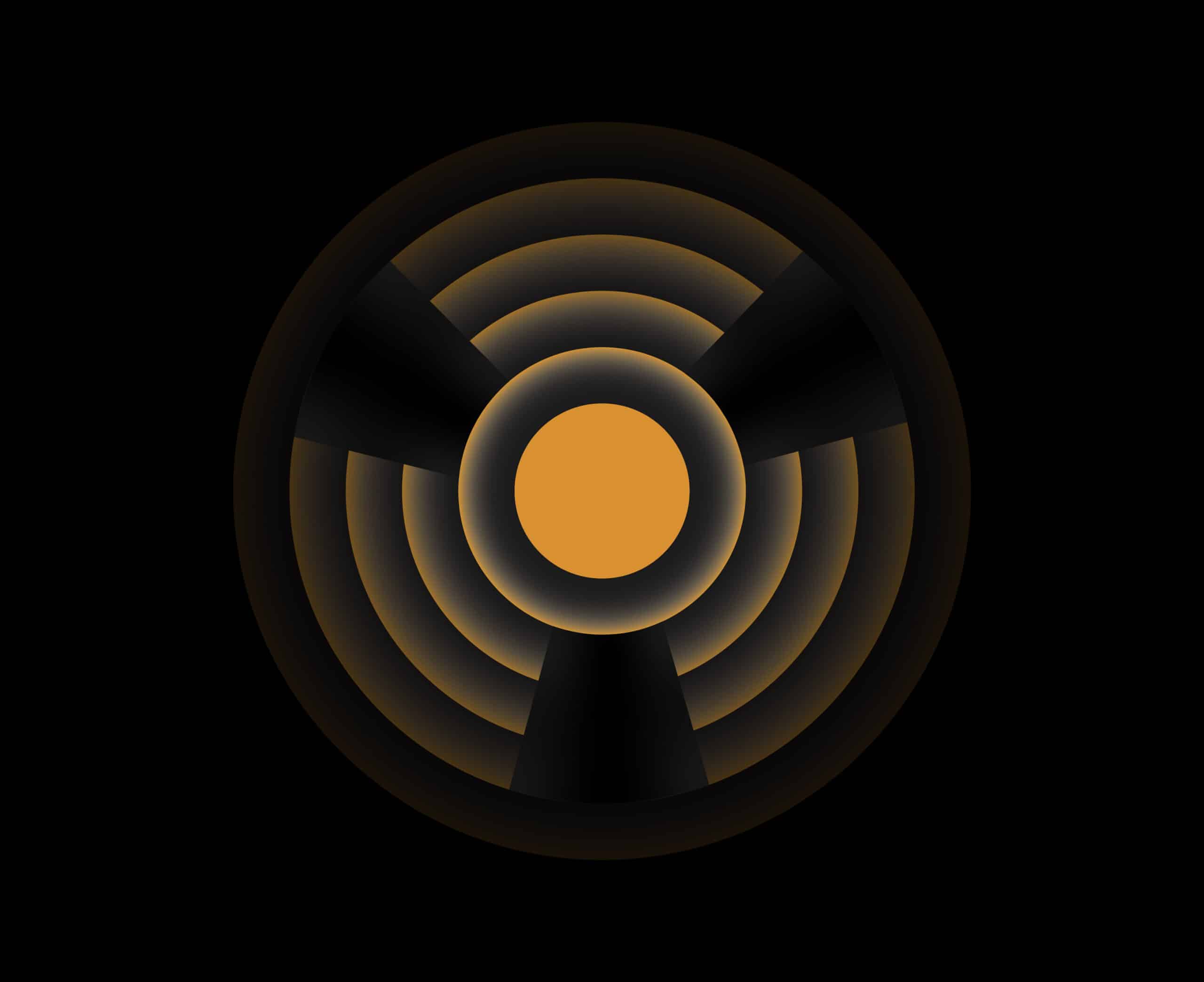On this aircheck of Ron O’Brien on KUDL from August 3, 1970, Ron gives a signature high-energy performance. The station had moved from the Drake acapellas but, like every daypart, the sounds sizzled from The Big 13-8.
Curiously, every morning at 5:40 AM the music stopped for Garner Ted Armstrong’s World Tomorrow program. Maybe it was a brief respite to allow the control room to cool down….
Ron’s resume includes KTLN Denver, WCFL Chicago, WFIL Philadelphia, KFI and KIIS Los Angeles, KWK St. Louis. and more….
In 1967 the sound of Kansas City radio was changed forever. An upstart little station located in the far-out suburbs launched a daring challenge to long-established Top 40 pioneer and market leader WHB.
Licensed to Fairway, Kansas, KUDL had its task cut out from the start. Located at a multi-tower array some twenty miles southwest of Kansas City near the present day alignment of Interstate 35 and U.S. Highway 69, KUDL’s first challenge was projecting its limited signal into the sprawling Kansas City metro area. KUDL had a coverage area that tentatively reached twelve counties on the Kansas-Missouri border. WHB had a signal that easily covered six states.
Nevertheless, The Big 13-8″ managed to carve out its own niche through highly creative programming. The years 1967- early 1970 saw KUDL using a fake Drake approach: right down to the psychedelic Boss 30 surveys and a Not-so-Real Don Steel. Reverb ruled during that time frame at KUDL. The pace was tight, fast and loud. WHB seemed sedate by comparison. That alone, however, would not be enough to guarantee success.
During the initial three years KUDL programmed a higher ratio (up to 34% total) of Black Music (Kansas City had no full time Black station in the 1960’s). KUDL’s Million Dollar Weekend highlighted Top 40 greats. The station also featured an eclectic play list running the gamut from the Vanilla Fudge, Jimi Hendrix, Janis Joplin, the Nazz to the Archies, Monkees, Bobby Sherman and the 1910 Fruitgum Company. It is safe to say that KUDL forced WHB to tighten up its sound and expand its play list. In summation, the listeners of Kansas City were the benefactors of some highly innovative and creative programming from both stations. It was healthy competition at its best!
The 1970’s saw KUDL move away from the classic Drake formatics yet the station retained its signature high energy sound. In the ’70’s, KUDL was also home to a plethora of major league talent including one Jeff Christie, who many know today as Rush Limbaugh.
KUDL acquired an FM facility in the late ’60’s, KCJC, which featured free form or underground/progressive music for a while before morphing into KUDL-FM, which was automated by day and a simulcast of KUDL-AM at night in an attempt to augment a tortured highly directional 500 watt signal.
KUDL’s final demise can be traced to the growth of FM. However, the longevity of the station proved that more than a superior signal was required to establish market dominance. Although the ownership has changed, KUDL-FM still exists today. With the demise of WHB in the early 1990’s, KUDL-FM now claims to be Kansas City’s longest running contemporary music station.
Ron O’Brien died from complications of pneumonia on April 27, 2008.
[Aircheck courtesy Tom Konard’s Aircheck Factory.]

